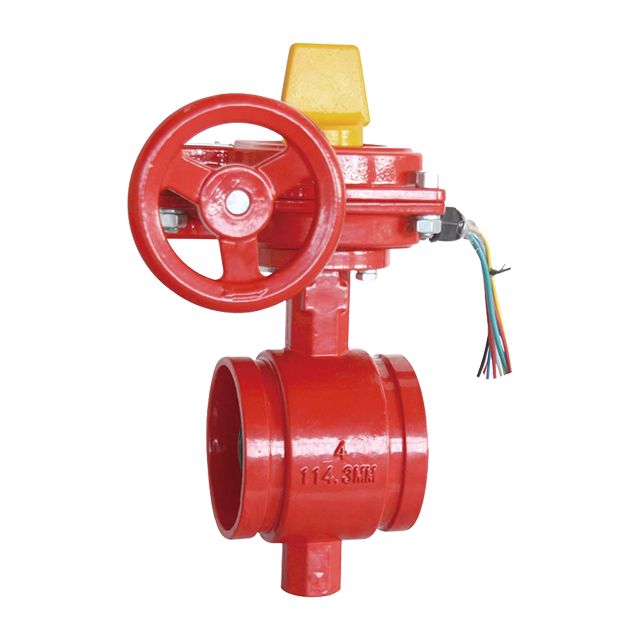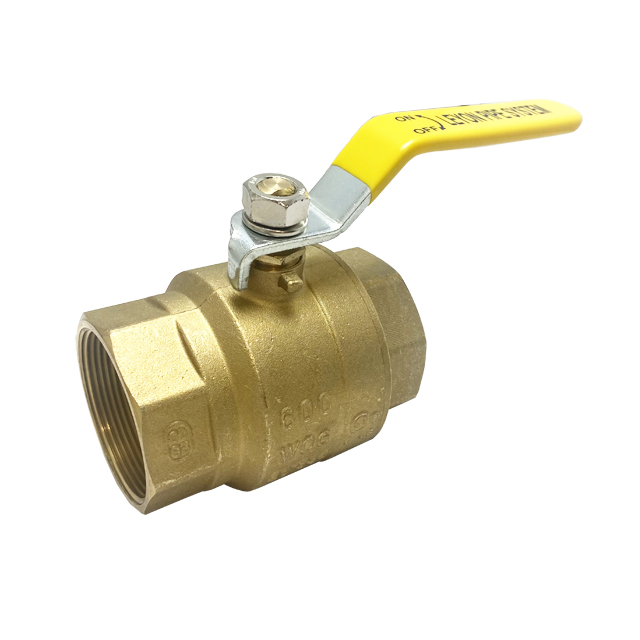In firefighting, valves play a vital role in controlling the flow of water or other fire-extinguishing agents. Two types of valves commonly used in this field are butterfly valves and ball valves. While these two types of valves serve similar purposes, they have key differences that make them suitable for specific situations.
One of the main differences between butterfly valves and ball valves is their design. A butterfly valve, as the name suggests, consists of a disc that rotates in a pipe to control flow. The disc is attached to a metal rod (called a stem) that is turned by a handwheel or actuator. Ball valves, on the other hand, use a spherical ball with a hole in the center to regulate flow. The ball has a handle or lever that can be rotated to open or close the valve.
Another notable difference is the sealing mechanism. In a butterfly valve, the disc seals against a rubber seal (called the seat) located inside the valve body. This design allows for quick and easy operation. Instead, ball valves use two sealing surfaces, usually made of Teflon, to provide a tight seal when closed. This configuration enhances the valve's sealing performance, making it suitable for applications requiring tight shut-off.
When it comes to flow control, both butterfly and ball valves offer excellent performance. However, butterfly valves are known to have a lower pressure drop compared to ball valves. This means less energy is required to push water or other fire suppression agents through the butterfly valve, reducing pumping costs. Ball valves, on the other hand, offer a full-bore opening, allowing unrestricted flow and minimal pressure loss, making them ideal for high-flow applications.
In terms of cost, butterfly valves are generally more cost-effective than ball valves. Butterfly valves’ simpler design and ease of operation contribute to their affordability. In addition, due to the rubber seal, the butterfly valve is less prone to leakage, thus reducing maintenance costs.
In summary, while both butterfly valves and ball valves are suitable for fire protection applications, their key differences make them more suitable for specific scenarios. Consider the specific requirements of your fire protection system and consult an expert to determine which valve (butterfly or ball valve) is the best choice for your needs.
Post time: Nov-24-2023


